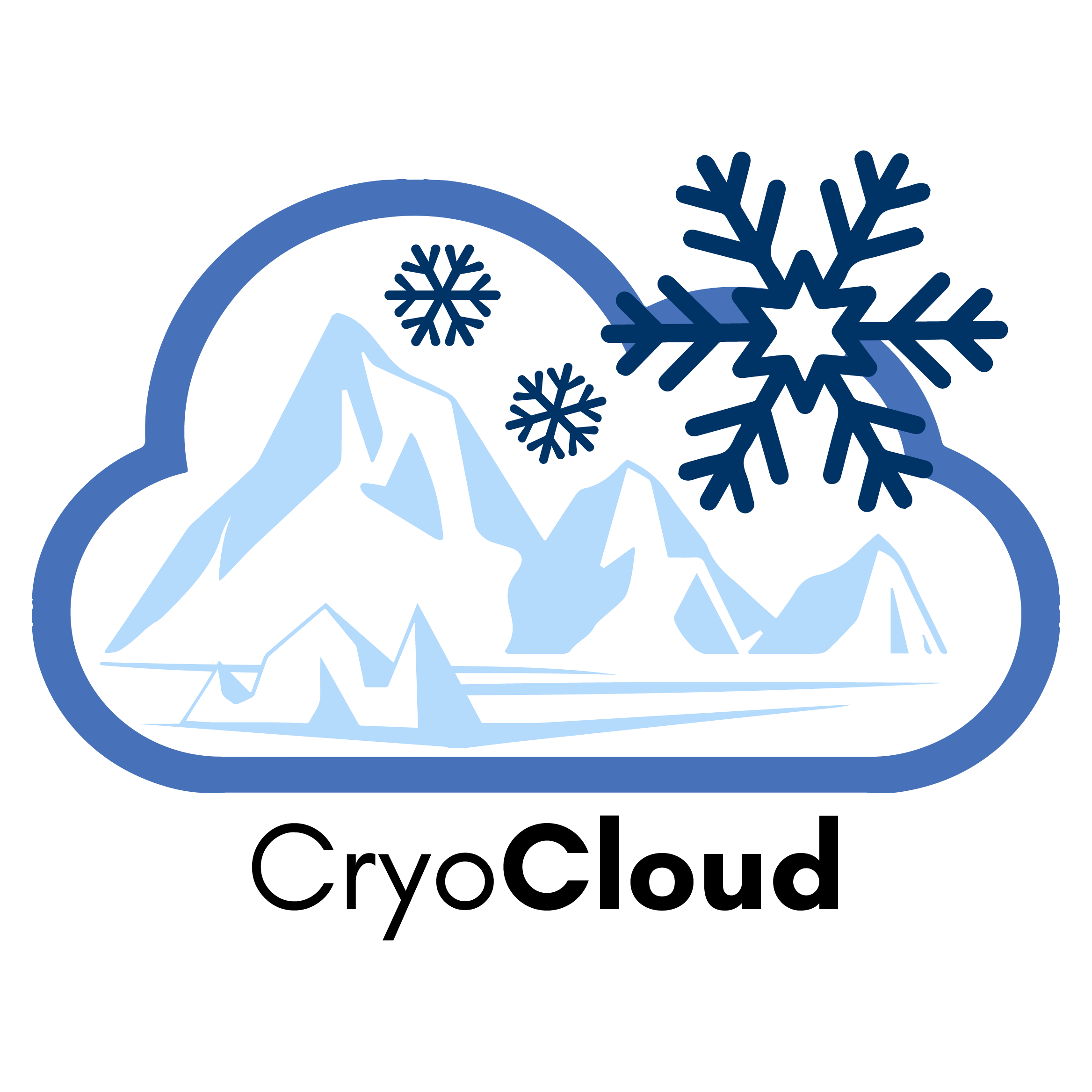Open science as a process, not a product
Open Science
Open science is “the principle and practice of making research products and processes available to all, while respecting diverse cultures, maintaining security and privacy, and fostering collaborations, reproducibility, and equity.” The U.S. Federal Government, federal agencies, and over 80 academic institutions have declared 2023 as the Year of Open Science, including NASA. Within this framework, NASA aims to make science more transparent, inclusive, reproducible, and accessible to lower barriers of entry to historically underrepresented communities and enhance scientific innovation and impact. Over the next 5-10 years these institutions will build upon the accelerated progress of the Year of Open Science to ideally create a scientific culture shift and provide more impactful solutions for society.
Cloud computing
Cloud computing provides an opportunity to accelerate science innovation and inclusivity simultaneously by democratizing science [Gentemann et al., 2022]. The cloud is a place in the internet where data, software tools, servers, etc can all be found in one place. As data volumes rapidly grow and technology develops, downloading data onto our local computers becomes infeasible. The cloud allows us to leave the data in the internet, build the tailored software tools that we require for analysis in the same place, and run large data analyses, no matter what kind of computer you have (10s of dollars or thousands) as long as you have a little bit of internet access. That is the notion of democratizing science. Cloud computing also holds promise for substantially improving communication and collaboration within science.
The current disadvantages to cloud computing
Although cloud computing holds promise for accelerating open science, substantial barriers exist in its use for the average scientist. Cloud providers have non-intuitive pricing structures, computing options, and poor documentation that creates barriers to entry and often leads to unexpected bills. Infrastructure is complicated to build, requiring software expertise most scientists do not have and should not need to conduct science. It takes time to transfer workflows to the cloud, and many worry that cloud computing is not obviously more collaborative or faster. Additionally, it can be expensive to stand up this infrastructure through cloud providers as an individual, making it hard to see how this infrastructure can be democratized. These issues and worries have been apparent in multiple meetings I and the CryoCloud team have attended, including the NASA ICESat-2 Science Team meeting in May 2022. However, my colleagues and I have worked in collaborations on cloud infrastructure where these issues were not present. We decided to build a cloud computing platform for our Cryosphere communities, called CryoCloud, through funding from NASA that diminishes or eliminates the need for our users to contend with these cloud computing challenges.
CryoCloud: a cloud computing platform with bumpers
 The CryoCloud is a JupyterHub built for NASA Cryosphere communities in partnership with the International Interactive Computing Collaboration (2i2c). Launched in October 2022, the CryoCloud cloud-computing project has established a curated interactive computing platform and developed Cryosphere community expertise in open-source and cloud-based workflows. The intention is to help transition NASA communities into the cloud while discovering the needs and overall best practices for making this transition. We are building tools for the Jupyter ecosystem in collaboration with 2i2c and have solved many of the issues our colleagues have experienced with the cloud. Read more about CryoCloud and the lessons we have learned so far here, in our Jupyter Book, or our response to NASA's Request for Information.
The CryoCloud is a JupyterHub built for NASA Cryosphere communities in partnership with the International Interactive Computing Collaboration (2i2c). Launched in October 2022, the CryoCloud cloud-computing project has established a curated interactive computing platform and developed Cryosphere community expertise in open-source and cloud-based workflows. The intention is to help transition NASA communities into the cloud while discovering the needs and overall best practices for making this transition. We are building tools for the Jupyter ecosystem in collaboration with 2i2c and have solved many of the issues our colleagues have experienced with the cloud. Read more about CryoCloud and the lessons we have learned so far here, in our Jupyter Book, or our response to NASA's Request for Information.